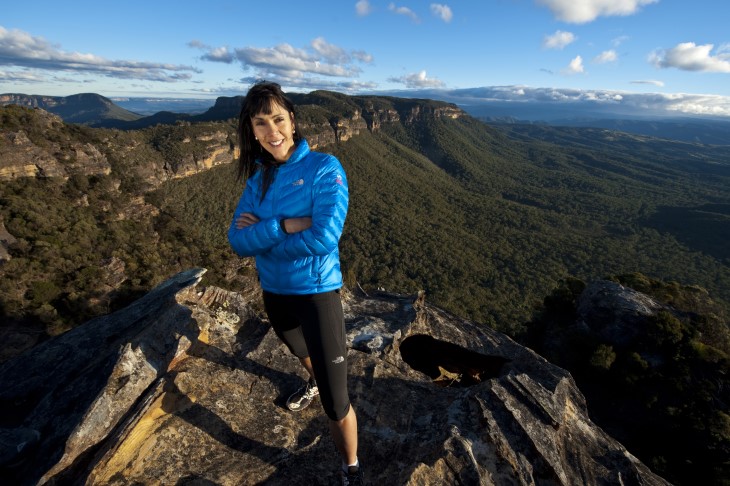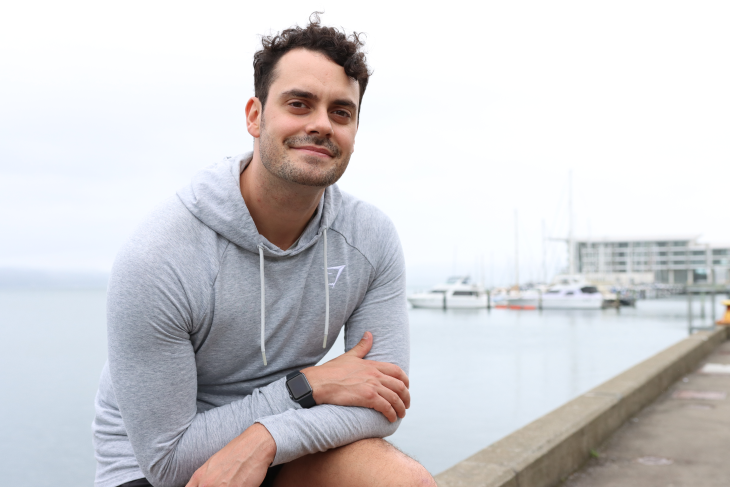Patience the key to enjoying race day
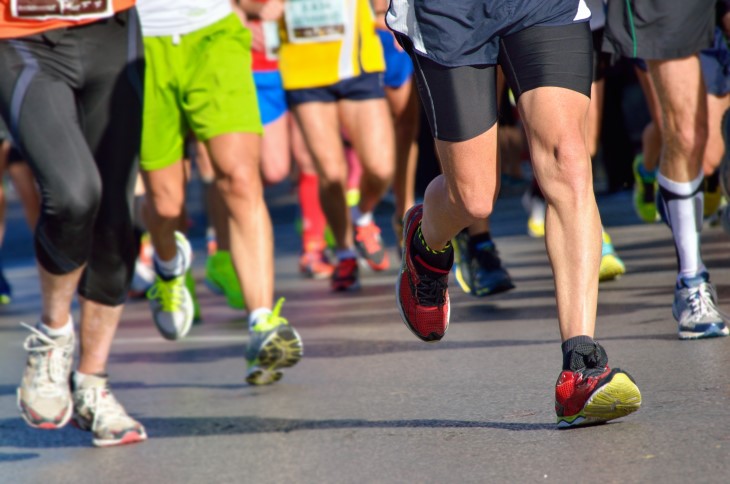
There are 16 marathons before the end of the year, including the biggest – the Auckland Marathon on 29 October. We caught up with David Cooper, a former elite-level runner and physiotherapist at Kinetics Rehab, to talk about how to prevent injury.
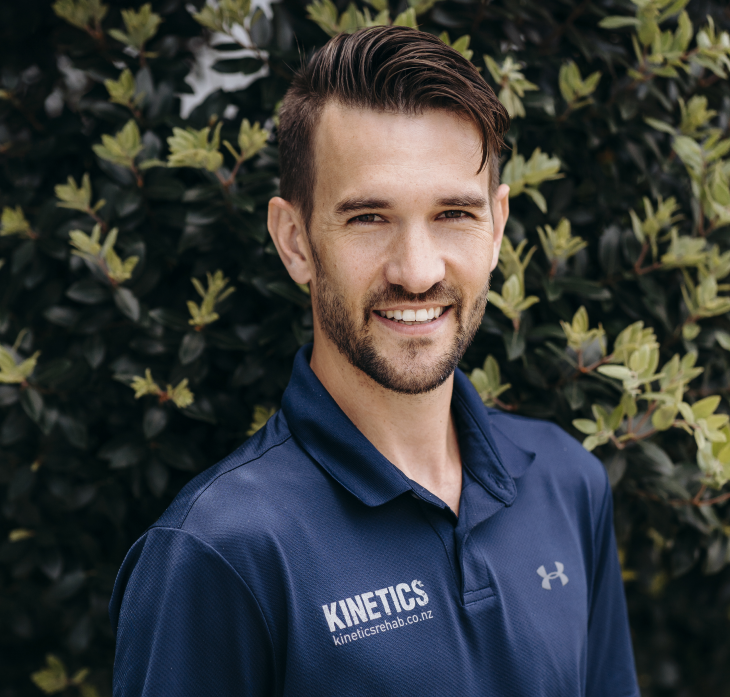
What’s your background, both as a runner and a physio?
I started competing as a runner in high school, I was a middle-distance runner on the track. After starting university, this transitioned into road running with a focus on 10km racing. I worked my way up to around the top 15 in the country over a 10km distance and did the odd half marathon as well. Fun fact though – I’ve never quite had the guts to do a full marathon.
I’ve been a physio for 15 years and have worked in several settings and a number of sports. I had the privilege of working alongside a lot of New Zealand’s top runners and athletes. I’ve travelled with a number of New Zealand teams, including to the World Cross Country Championships, so running really is close to my heart.
What do you enjoy about running and supporting people in their running?
Running is very much a love-hate thing. People either love it or they absolutely hate it. But, for me, running was always a mental outlet. It was a chance to try and work through problems and challenges and clear my head.
I’m a little bit unconventional, and typically never run with music or other distractions. It’s time for just me and my thoughts and I’ve always valued that.
With running being such a big part of my life, it’s been awesome to help people throughout my career as a physio. Whether it’s to help improve performance or guiding someone back from injury, I really enjoy seeing people get back to doing what they love.

Photo: Alisha Lovrich
What advice would you offer runners as they get ready for the Auckland Marathon and other events?
The biggest thing is patience. Five-to-six weeks out, we start seeing runners coming in with injuries because they’ve left things a little too late and have rushed the training.
The health research is very clear that a rapid increase in training load causes problems. A sudden decision to do a marathon or half marathon leads to an enthusiastic transition from couch life to pounding the pavement.
That’s usually when people end up in our consult rooms because of injury. So, the biggest advice with five-to-six weeks out, is to be patient and don’t suddenly jump into big training weeks without building up to them gradually. The rough guide is to aim for a 15 to 20 per cent increase in distance or run duration per week.
What would you say to people who are worried about getting their preparation right?
A common myth is that you have to complete the event distance before race day. I don’t buy into that. On the day, the adrenaline, the crowd and the excitement will help to get you through. If you don’t have quite enough time to get those final stage longer runs in, don’t get too worried or stressed.
For the half marathon, you can get away with an 18km training run, and you’ll get through in the last three to four kilometres. With a marathon you can get away with 35 to 38km and once again you’ll get through the tail end of it.
A lot of people might be following a training programme on the internet, and then life and family gets in the way and so you have a few off weeks. You’re then stressed out a little bit because you haven’t hit that number you thought you had to get to. Don’t worry, you can still get there on the day.
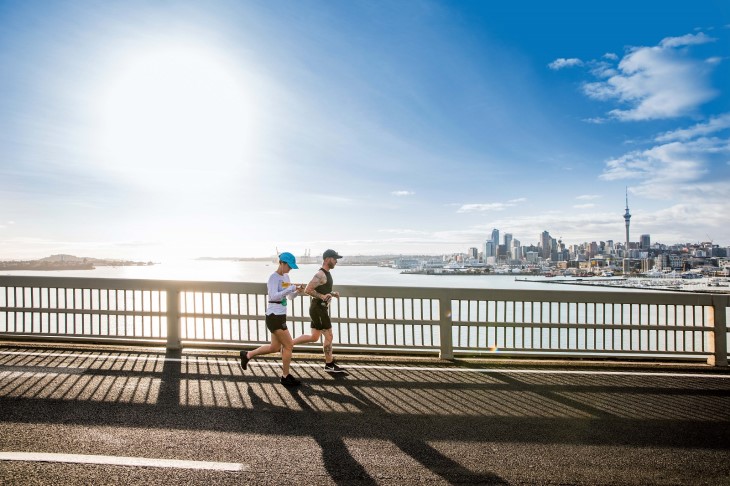
Photo: Alisha Lovrich
The data shows 90 per cent of injuries are soft tissue, what do you see in your physio clinic?
We see a lot of Achilles tendon problems, knee cap (patella) pain, IT band issues and hip tendon problems. More serious injuries occur if the bone is affected, resulting in stress injuries or stress fractures. The most common denominator is a rapid increase in load. I’ll frequently review Strava or Garmin data with a runner in the clinic to help understand the cause of their injury. If you want to avoid visiting a physio, then start slow, stay steady and increase training volumes in a gradual way.
What can people do between now and race day to stay injury free?
I’m sounding like a broken record but consistent gradual training progressions are the best way to avoid injury. Aside from this, muscular strength is also crucial. A good running style requires strength of your lower calf, quadriceps (thigh), gluteal and core muscles.
A common myth is that stretching reduces the risk of injury – which is simply not true. Stretching may be great for comfort, a foam roller might feel good afterwards but these activities don’t directly reduce the risk of injury. I’d suggest doing two-to-three good core, glute and quadriceps strength exercises is much better bang for buck for reducing your risk of injury.
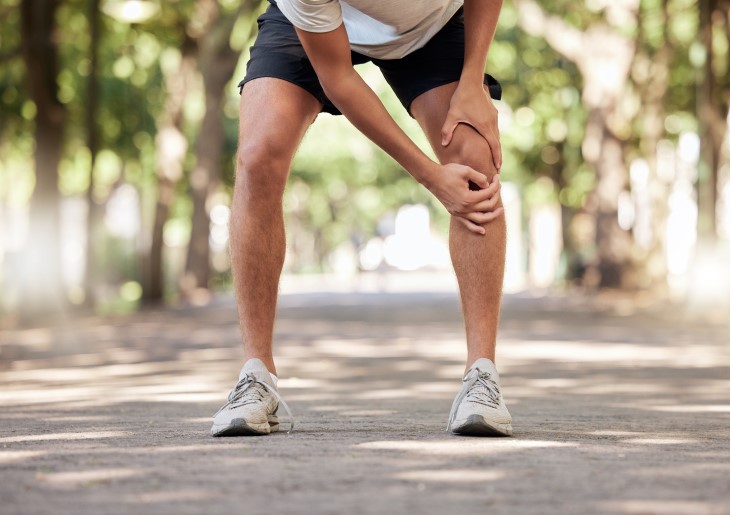
If people sustain a running injury in the build-up, when should they see a physio?
A few features are worth paying attention to because, let’s be honest, at times running really hurts. But not everything that hurts is harming you, so there are some things to look out for. If you’re experiencing pain in one particular area, and not on the other side, if it lingers for more than one or two days, or if it remains painful at rest or at night then it’s worth getting it checked out.
Every year before the Auckland Marathon, we get people rocking up to our clinics four or five days before the event with a problem they’ve sat on for three weeks. They want us to get our magic toolbox out and sort them out prior to race day. We try, but it’s always better when we have more time to address an injury. Sometimes, when the niggle or complaint turns out to be nothing serious, then the reassurance with a few tips can also go a long way.
What’s that feeling like on race day when you achieve your goal?
I’ve raced at a decent level for over two decades and I can honestly count on one hand the number of races that have gone perfectly. So that’s probably the first thing to keep in mind. I’m a firm believer that you should have that audacious goal but I’ve taken the approach that, in every race, there might be a great result, acceptable result or a lesson.
Chasing that great result is an addiction. Personally, my most memorable was a personal best in a half marathon. My race plan worked to perfection with the second half faster than the first half by more than a minute – the elusive negative split – and the fastest kilometre being the very last of the race. The feeling crossing that finish line is incredible, knowing all that hard work has paid off to achieve your goal.
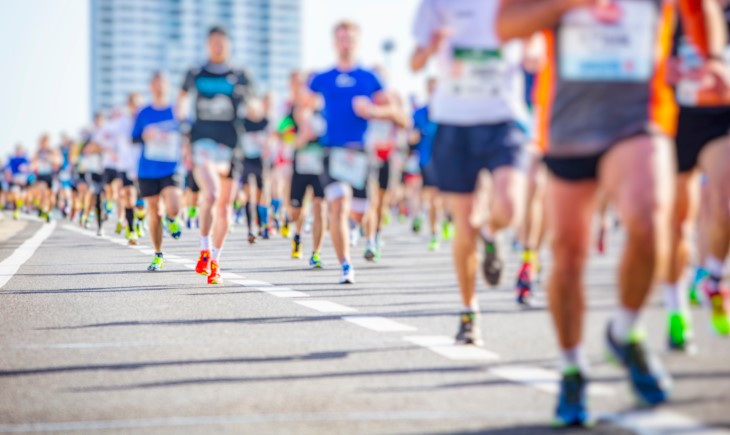
Running injuries by the numbers
- In 2022, we accepted 11,726 running-related injury claims. These injuries came at a cost of $9.8 million to help people recover.
- There’s a noticeable jump in running injuries in spring. We accepted 985 running injuries in August and these increase throughout spring – September (1,077), October (1,082) and November (1,259).
- The leading regions for running-related injuries in 2022 were Auckland (4,242), Canterbury (1,544) and Wellington (1,247).
- People aged from 25 to 49 made up 52 per cent of all running-related injuries.
- Soft-tissue injuries made up 90 per cent of all running-related injuries and the most affected parts of the body were knees and ankles.




